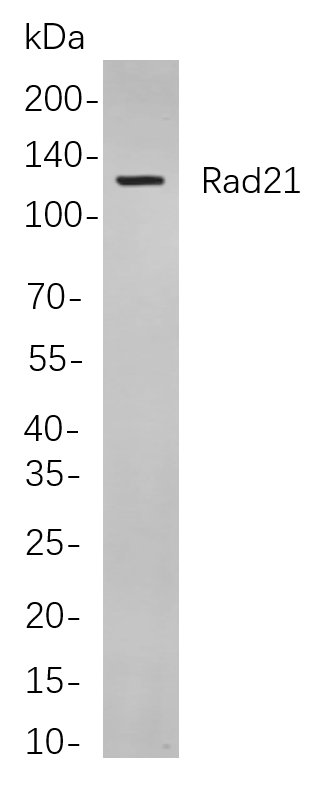


 收藏
收藏
| 规格 | 价格 | 期货 | 数量 |
|---|
 |
Western blot analysis of lysates from Hela cells, using Rad21 Rabbit mAb. The HRP-conjugated Goat anti-Rabbit IgG antibody was used to detect the antibody. |
 电话咨询
电话咨询
 在线咨询
在线咨询
 QQ
QQ
 二维码
二维码
 扫码二维码
扫码二维码